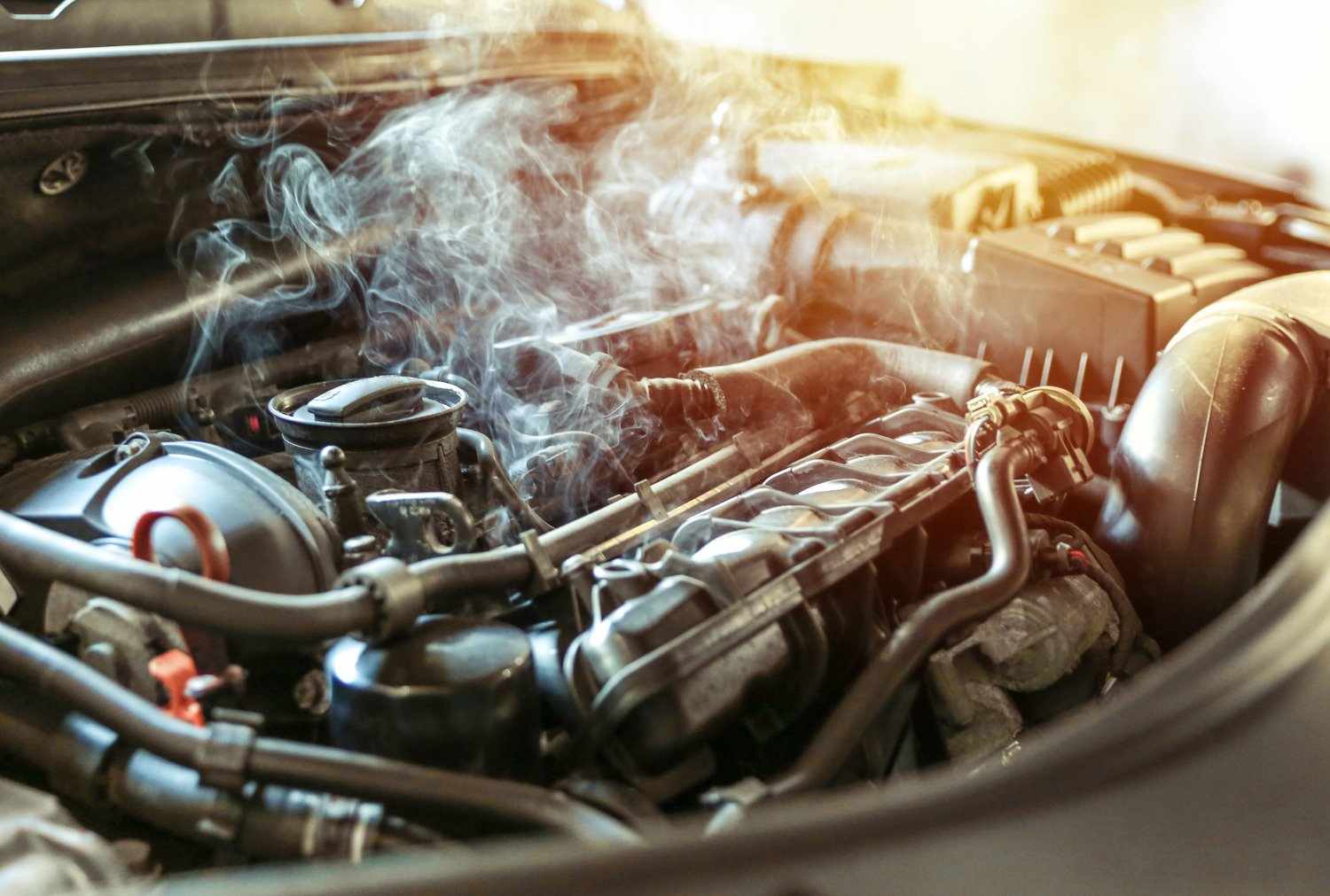An overheating car can be a stressful experience, especially if you’re on the road. High temperatures in the engine can cause severe damage, so knowing how to respond promptly is crucial. Here’s a step-by-step guide to handle the situation safely and minimize potential harm to your vehicle.
1. Recognize the Warning Signs
Common signs of overheating include:
- Rising temperature gauge or warning light on the dashboard
- Steam coming from under the hood
- A strange smell, often sweet (coolant) or burnt (oil or rubber)
At the first sign of overheating, take action immediately to prevent further damage.
2. Turn Off the Air Conditioning
Switch off the air conditioning to reduce stress on the engine. Turn on the heater instead, as it helps draw heat away from the engine. It may be uncomfortable, but it can help prevent severe engine damage.
3. Pull Over Safely
If the temperature continues to rise, pull over to a safe location. Turn off the engine to let it cool. Avoid stopping in traffic or on narrow roads; prioritize your safety and that of other road users.
4. Wait Before Opening the Hood
Do not open the hood immediately. Let the car cool for at least 15–30 minutes. Opening the hood too soon can cause burns from hot steam or fluids.
5. Check the Coolant Level
After the engine cools:
- Open the hood carefully.
- Locate the coolant reservoir (usually a translucent tank near the radiator).
- If the coolant level is low, add the recommended type of coolant or water as a temporary solution.
Important: Never open the radiator cap when the engine is hot; the release of pressure can be dangerous.
6. Inspect for Leaks
Look for visible signs of leaks under the car or around the engine bay. A leaking hose or cracked radiator could be the cause of the overheating.
7. Restart and Monitor
After adding coolant, restart the car and monitor the temperature gauge. If the gauge remains in the normal range, you may be able to drive cautiously to the nearest mechanic.
8. Avoid Heavy Traffic or High Speeds
If you must drive, keep your speed steady and avoid traffic jams. Keep an eye on the temperature gauge, and pull over again if it begins to climb.
9. Seek Professional Help
Even if your car seems fine after cooling down, an overheating episode indicates an underlying issue. Visit a mechanic to inspect your cooling system, including the radiator, hoses, thermostat, and water pump.
Common Causes of Overheating
- Low or leaking coolant
- Broken radiator fan
- Faulty thermostat
- Blocked radiator
- Worn-out water pump
Preventing Overheating
- Check your coolant level regularly.
- Schedule routine cooling system maintenance.
- Inspect hoses and belts for wear and tear.
- Ensure the radiator is free from blockages or debris.
By staying calm and following these steps, you can protect your car and prevent a minor issue from turning into a major repair. Always address overheating issues promptly to keep your car running smoothly and safely.
